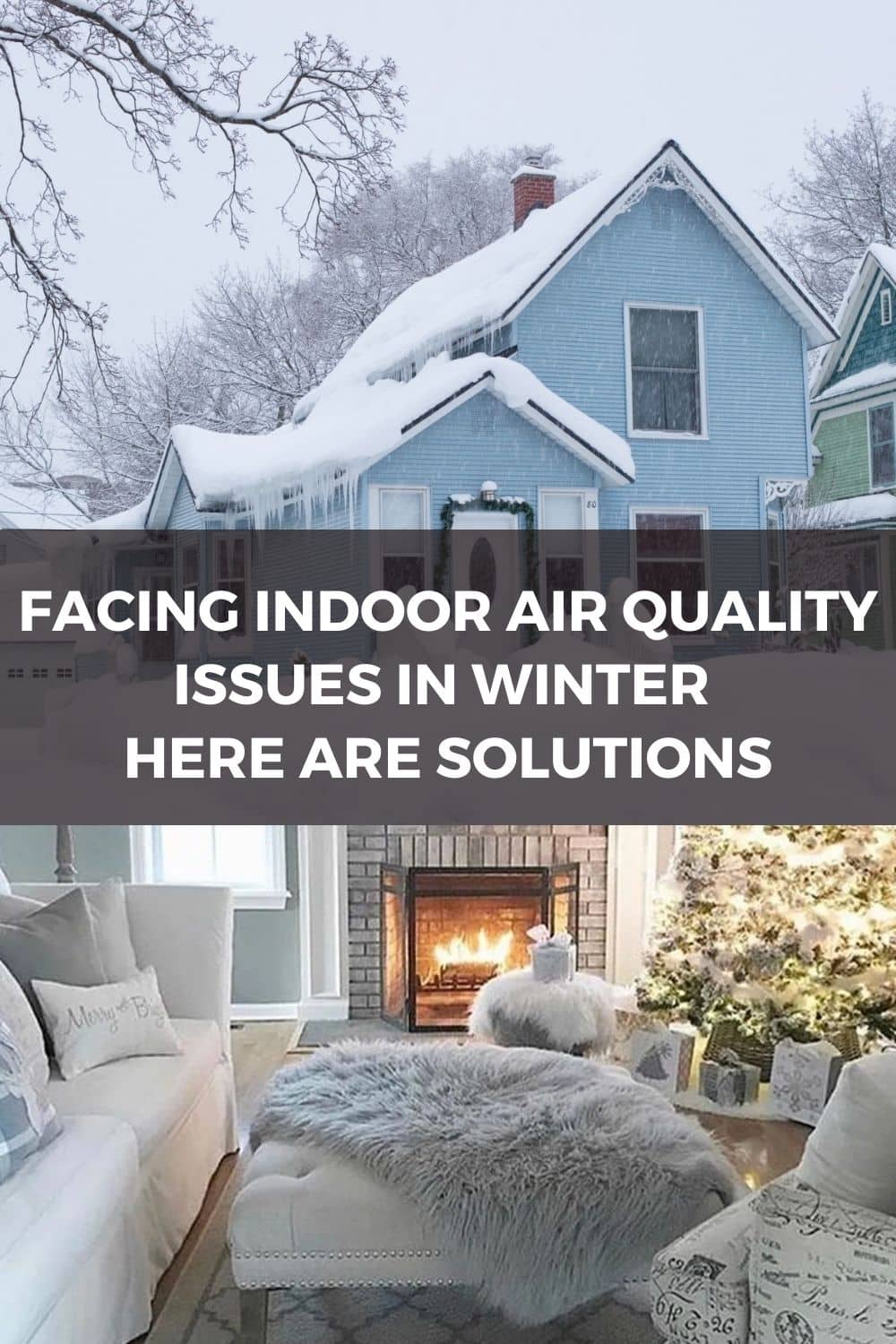As you spend more time indoors, air quality is one of the most significant concerns. As the airtightness in buildings increases to improve energy efficiency, the amount of fresh air from outdoors decreases. This lack of ventilation can cause a build-up of pollutants, leading to health concerns such as headaches, eye irritation, and fatigue.
Also, because you don’t go out often, you are not exposed to the fresh air and sunlight that helps improve your mood, leading to the “winter blues” or seasonal affective disorder (SAD). How do you resolve the issue?
Clean and Properly Maintain The Furnace
As any heating system installation expert will tell you, the furnace is a significant cause of indoor air pollution. It pulls in air from the outside, recirculates it, and then blows it back into the rooms. Keeping the furnace clean and free of dirt and dust is essential. Have it serviced regularly to maintain efficient operations.
Note that no amount of maintenance will keep an old furnace running cleanly and efficiently. If your furnace is over 15 years old, it’s time to replace it with a new, high-efficiency model. Choose a smart option that automatically adjusts to changing conditions and has an indoor air quality sensor.
Use an Air Purifier
An air purifier is a device that removes contaminants from the air. It removes pollen, dust mites, tobacco smoke, and other particles from the air. Air purifiers come in a variety of sizes and types. Some are designed for specific rooms, while others purify the air in an entire house.
Some air purifiers use filters to remove contaminants, while others use ultraviolet germicidal irradiation or ozone generators. When prone to allergies and asthma, look for an air purifier with a high CADR rating.
Install a Humidifier
Dry air is not only uncomfortable, but it can also lead to health problems. When the air is too dry, it irritates your nose and throat. It causes coughing, scratchy throat, and nosebleeds. This air also dries out your skin and eyes. It can even make you more susceptible to colds and respiratory infections.
A humidifier adds moisture to the air, making breathing more comfortable. It can relieve congestion and sinus pain. You can buy a humidifier at most hardware stores. Read the manufacturer’s instructions carefully before using it. It’s also important to measure the humidity level in your home and adjust the humidifier accordingly. Suitable humidity levels range from 30 to 50 percent.
Use Houseplants
Houseplants not only look beautiful, but they can also improve indoor air quality. Some plants, such as spider plants and bamboo palms, are especially effective at removing pollutants from the air.
Others, such as aloe vera and peace lilies, release moisture into the air. This improves humidity levels and makes breathing easier. Place several plants around your home to enhance the quality of air.
Don’t forget to water them regularly and keep them free of dust and dirt. If you have pets, make sure they can’t reach the plants. Some plants, such as lilies, are poisonous to animals.
Be Careful with Indoor Fires
Image Credit Pexels
Indoor fires, such as those in fireplaces and wood stoves, can pollute the air. To avoid this, use a fuel that burns cleanly, such as natural gas or propane. If you use wood, make sure it’s dry and seasoned. Wet wood emits more pollutants. Also, don’t burn trash, plastic, or other materials that release toxins into the air.
Furnace vents can also release pollutants into the air. Have your furnace serviced regularly. Check whether the ducts are clean and free of debris.
Ventilate
When weather permits, open the windows and doors to let fresh air into your home. Doing this removes pollutants from the air and improves ventilation. Use fans to circulate the air and ensure each room gets fresh air.
When cooking, using the stovetop fan will also help to ventilate the area. You can also use the exhaust fan above the stove to remove pollutants and odors from cooking.
Also, avoid using toxic products such as chemical-based aerosol sprays and air fresheners. Opt for natural alternatives instead. When using harsh chemicals, ventilate the area well.
Take Your Shoes Off
Wearing outdoor shoes inside your home brings in the dirt, pollen, and other pollutants. It can quickly lead to indoor air pollution. To avoid this, take your shoes off as soon as you enter your home.
This simple act can make a big difference in indoor air quality. Request everyone in your household to do the same. You can also place a mat or rug at each entrance to your home. It will trap dirt and pollen but clean them regularly.
Clean Regularly
A clean home is a healthy home. Dust, dirt, and pollen quickly build up and lead to poor indoor air quality. To avoid this, vacuum regularly and dust with a damp cloth. When using harsh chemicals, ventilate the area well.
Green your Cleaning Products
Many everyday cleaning products contain chemicals that pollute the air. These chemicals are released into the air when you use them. They irritate your lungs and cause other health problems.
To avoid this, use natural cleaning products. You can buy these products at most health food stores. Alternatively, make your own using simple ingredients like vinegar and baking soda.
Track The Air Quality
Indoor air pollution is a severe problem that can cause health problems. Take steps to improve the air quality in your home, especially if you have asthma or allergies. When you have significant concerns, invest in an indoor air quality monitor. It will track the air quality enabling you to make the necessary changes.





Leave a Reply